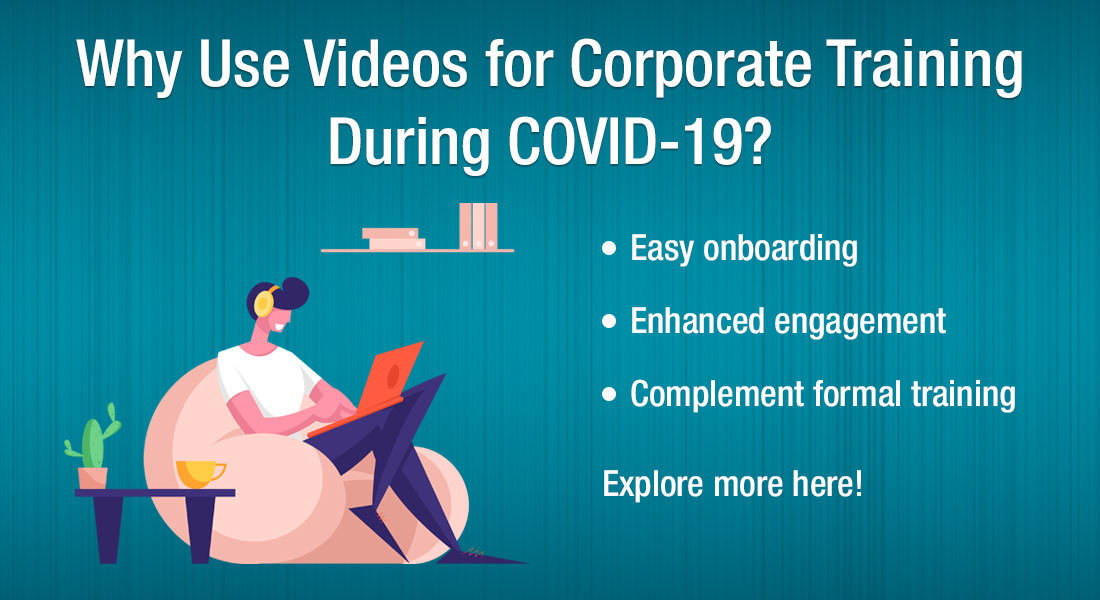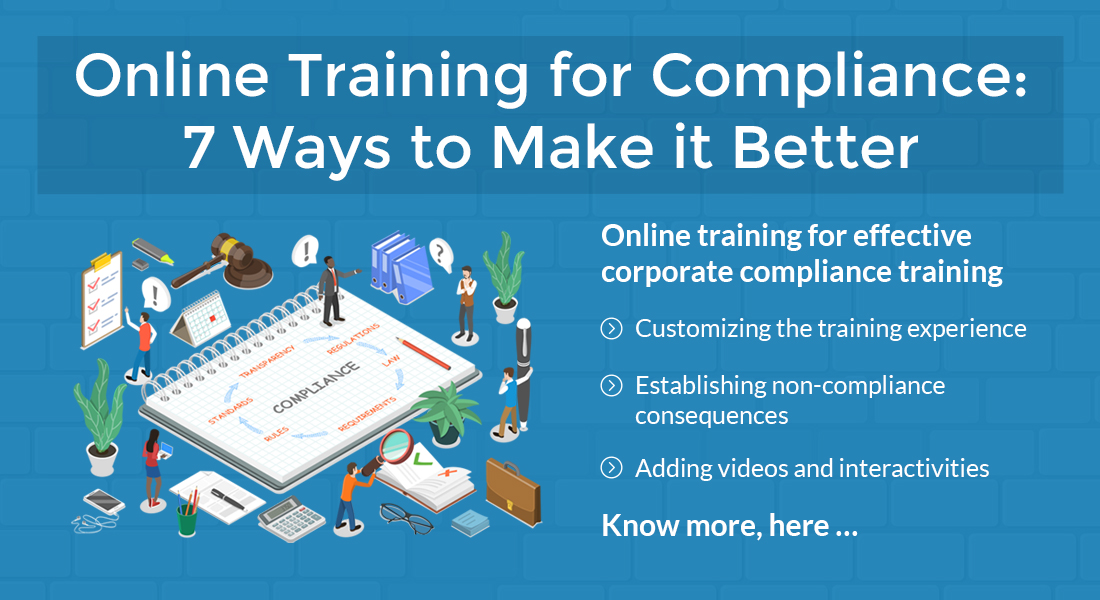A Recipe for Effective Online Training: 4 Must-have Ingredients of Instruction

Outdated content, unorganized instructional material, inconsistent training delivery… we’ve all dealt with these problems. Who said life as a training manager is easy? While online training is not a magical solution that can dispel all workplace performance problems immediately, it can certainly help employees hone their skills when followed as a continuous process.
Is there a recipe for effective online training?
There is, provided you follow these 4 ingredients of instruction.
- Relevant content is essential to design effective online training.
- Learning objectives state what the learner will be able to achieve after completing the training program.
- Instructional methods take care of promoting online training.
- Instructional media in the form of videos, animations, infographics etc., make learning interesting.
Is there a recipe you can use to rollout online training that’s effective? The good news is… there is! Pay attention to the four ingredients of instruction (adapted from the Book Developing Technical Training by Ruth Colvin Clark) and you should be able to craft a training solution that gets you the desired outcomes.
What are the Four Ingredients of Effective Instruction in Online Training?
1. Content is the Core Ingredient in Online Training
You can’t think of designing an online training program without relevant content. The base of any recipe for effective online training is its content. Content can be classified into the following 5 types:
- Facts
- Concepts
- Processes
- Procedures
- Principles
After you complete a needs assessment and decide that training is required, the next step is task analysis. This is the phase where the content of your online training program is defined and organized. Now how do you freeze on this content? There’s no dearth of content, especially when you are dealing with technical training.
To decide on the content that needs to be included in the online training, analyze the:
- Knowledge and skill requirements of the job
- Current knowledge and skill levels of learners who will be taking the course
The difference between both will help you decide the final course content. Sounds simple, but it isn’t. That’s one reason the analysis and design of courses can actually consume up to half of your total eLearning development time.
An SME or a technical expert involved in the online training program might want to include all the knowledge they have and get it organized logically in the eLearning course. If you do this, your online training program is just going to be an information dump. To avoid this problem, ask yourself the following question: What should learners be able to do with this content?
The content needs to be such that it allows learners to perform their jobs well. If the content is not going to help employees perform their jobs better, it is not ‘need-to-know’ content. Now that you have defined what learners must be able to do after going through the content, move on to performance outcome, the next ingredient of instruction.
2. Learning Objectives Impart Flavor to Online Training
The flavor of a delicious dish lingers long after you have tasted it. Similarly, the performance outcome is what can be experienced (effective task completion on the job) even after learners have consumed the online training program. Without knowing what the performance outcome should be, there is no way to deliver effective online training. A performance outcome or a performance-based learning objective as it is known in instructional design, states what learners will be able to DO after completing the online training program.
Your eLearning course will have at least one major or terminal learning objective and multiple supporting or enabling objectives. Performance outcomes will include an action verb. The learning objectives of the course also form the basis for designing the assessment included in the eLearning course.
3. Instructional Methods add Sugar and Spice to Online Training
Just a little bit of sugar and a sprinkling of spice can balance the flavors in your recipe. Now that you are ready with the content and the performance outcomes, you are ready to get started on the development of the online training. Decide the method of instruction, this is the ingredient that takes care of promoting learning.
Instructional methods include:
- Techniques used to display information
- Practice exercises or formative assessment with feedback
Here’s a quick overview of the different instructional techniques used depending on the content type.
|
S.No |
Content Type |
Instructional Technique to Display Information |
|
1 |
Facts |
|
|
2 |
Concepts |
|
|
3 |
Processes |
|
|
4 |
Procedures |
|
|
5 |
Principles |
|
4. Instructional Media forms the Topping for Online Training
The wrong topping can ruin a dish. Similarly, it’s essential that you pay close attention to the instructional media that will be used in your online training. After deciding the instructional methods, you need to think about the media that has to be used to deliver instruction effectively. Animations, videos, scenarios, simulations, static images, infographics are a few examples of instructional media.
Here’s how you decide on the media you want to include for an effective eLearning course.
Is the media suitable to deliver the required instructional method?
Consider an example of an online training program for emergency responders among healthcare staff. If you need to train learners on a medical procedure (giving CPR), you will need to list all the steps that form the procedure and include illustrations or a video to demonstrate that procedure.
What is the cost involved in developing the media?
You will need to consider both development and delivery cost. For example, shooting a real life video is definitely going to cost more than an infographic or an illustration.
How do learners plan to access the course?
Consider the location of learners and the devices they will be using to access the online training. You cannot include heavy videos when learners’ job requires them to be on the move, because of which they are primarily going to access the course on their smartphones.
Following this recipe can work wonders in improving the effectiveness of your online training program. Don’t miss out on these four ingredients of instruction and you should be able to serve delicious online training to employees. So, are you ready to get started?





